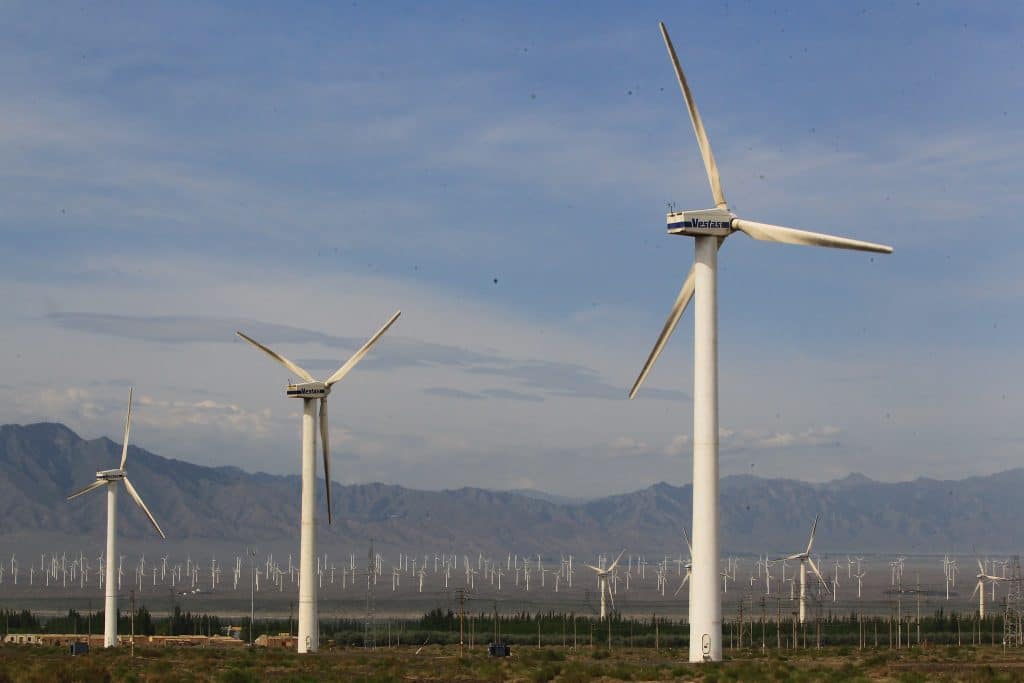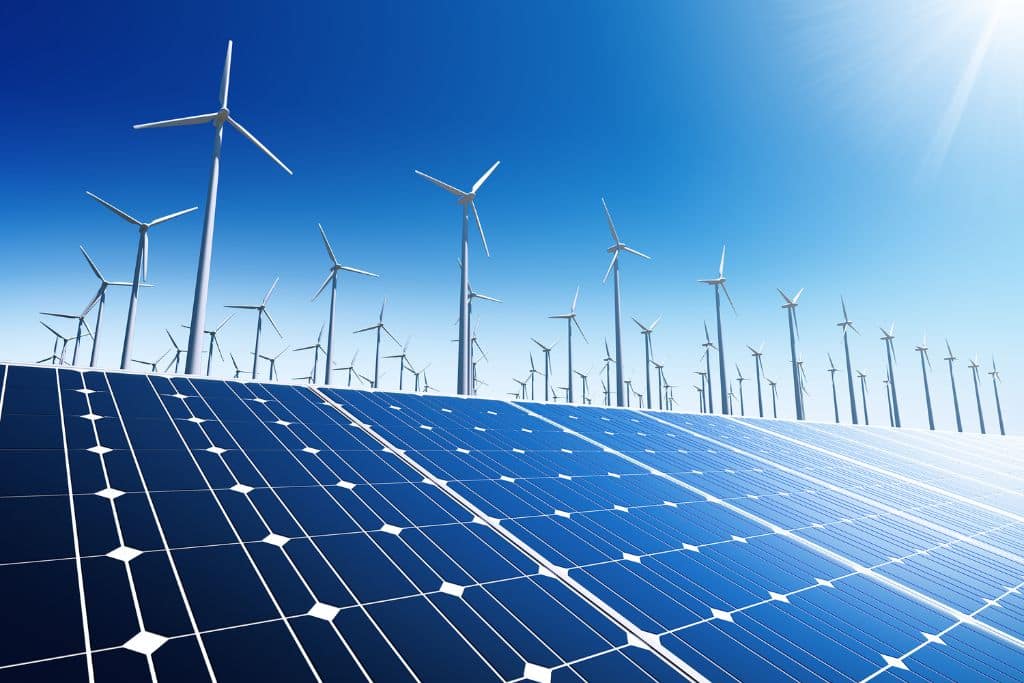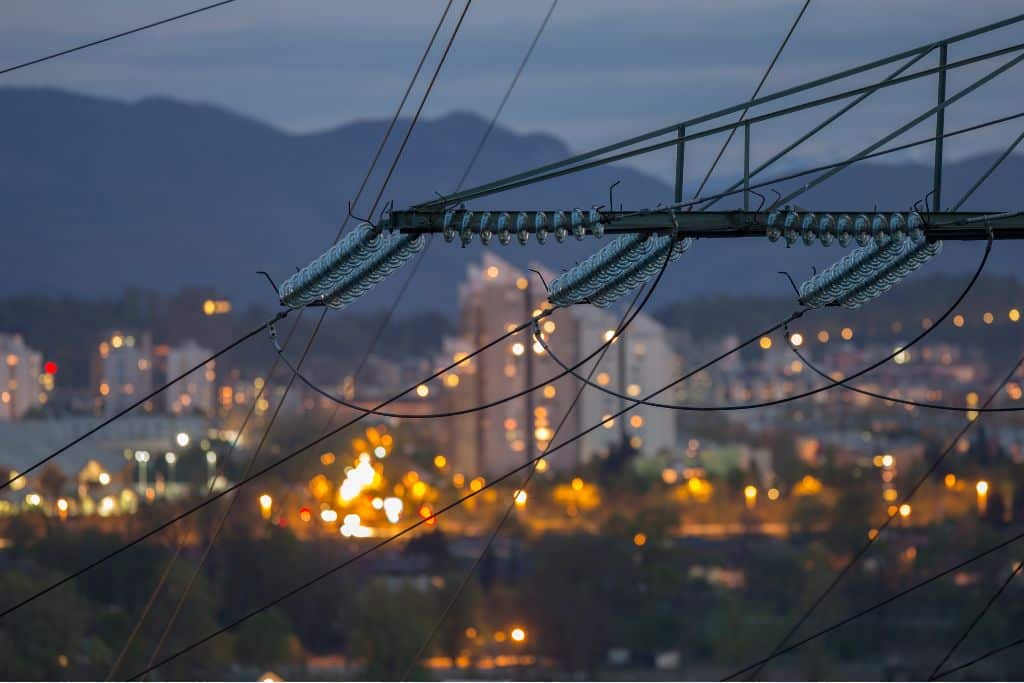Modern civilization cannot function without electricity. The process of turning different energy sources into electricity, which powers every aspect of our lives from our homes and schools to our phones and microwaves, is known as power generation. It is the foundation of our energy infrastructure, includes a broad range of techniques, and can involve both conventional fossil fuels and renewable resources. According to a 2023 report, the global power generation market is anticipated to accrue revenue of US$2.48 trillion by 2030. Let’s understand how this trillion-dollar industry is powering the world.
—
What Is Power Generation?
The complex process of transforming various energy sources into electricity or other forms of energy is known as power generation. This entails the transformation of energy derived from fossil fuels, nuclear reactions, and renewable sources like solar or wind, and stored in the form of electrical power, suitable for a myriad of applications. This conversion usually occurs in large-scale facilities like power plants and is accomplished by a variety of methods that are specific to the energy source.
Energy production is done through various methods, each presenting unique advantages and considerations.
1. Fossil Fuel Power Generation
This method revolves around the combustion of fossil fuels such as coal, natural gas, or petroleum to generate steam. The ensuing steam propels turbines connected to generators, which produce electricity. While widely adopted due to the accessibility and relatively low cost of fossil fuels, this approach raises concerns about greenhouse gas emissions and environmental impacts such as air pollution, water pollution, and habitat destruction. With fossil fuels like coal, oil, and gas making up more than 75% of greenhouse gas emissions worldwide and almost 90% of carbon dioxide emissions emissions overall, fossil fuels are by far the biggest culprit of climate change.
2. Nuclear Power Generation
Employing nuclear reactions such as nuclear fission, nuclear power plants generate heat, which is then used to produce steam turbines and generate electricity. As of May 2023, there were 436 nuclear reactors in operation in the world across 32 nations. With 93 reactors in operation, the United States had the most nuclear power plants at the time.
Despite being renowned for its high energy density and low greenhouse gas emissions, nuclear power generation prompts concerns regarding safety, toxic waste disposal, and the potential for accidents.
Notably, France is the only country that produces most of its power from nuclear sources, which constitute about two-thirds of the country’s total energy mix. The country’s nuclear expenses have decreased as a result of the centralization of nuclear expertise, and it is now able to produce about 17% of its electricity from recycled nuclear fuel. There are 56 operating reactors in the nation, and their combined output in 2020 produced 338.7TWh.

It is noteworthy that amid the recent energy crisis sparked by the conflict between Russia and Ukraine, some European countries chose nuclear power as a way to deal with energy shortages. Germany, for instance, continued to run its nuclear power facilities into the winter to keep up with demand and lessen the impact of Russia’s decreased gas supply.
More on the topic: The Advantages and Disadvantages of Nuclear Energy
3. Renewable Power Generation
Drawing from naturally replenishing sources like sunlight, wind, water, geothermal heat, and biomass, renewable power generation utilises technologies such as solar panels, wind turbines, hydroelectric dams, or geothermal power plants. Known to be environmentally friendly and more sustainable in the long run, given that these resources are infinite, renewables are the best ally in the race to net zero emissions.
Global electricity demand is set to grow by 3% on average in the next three years, with over 70% of the increase coming from China, India, and Southeast Asia. According to recent analysis carried out by the International Energy Agency (IEA), renewables and other cleaner sources, including nuclear energy, are on track to cover most of that new global electricity demand.
By 2025, Asia will account for half of the world’s electricity consumption, with China making up for one-third of this number. However, according to IEA estimates, China, already the world’s leader in renewable energy deployment, is on track to achieve the clean energy goal five years early.

4. Distributed Generation
Encompassing small-scale electricity generation in proximity to consumption points, distributed generation incorporates technologies like rooftop solar panels, small wind turbines, or micro-hydro systems. Distributed generation offers advantages like diminished transmission losses, heightened energy efficiency, and the potential for localised power generation in remote areas.
Power generation assumes a pivotal role in meeting societal energy demands, powering residential, commercial, industrial, and infrastructural needs. It supports modern civilisations’ ability to function and it improves quality of life and economic growth. Amidst a global shift toward cleaner and more sustainable energy sources, increasing emphasis is placed on renewable power generation to alleviate the environmental impact associated with traditional methods of producing electricity. More and more, scientists are asserting that achieving net-zero greenhouse gas emissions in the global energy sector and limiting global warming to 1.5C in line with the Paris Agreement is still feasible, thanks to the remarkable growth of essential clean energy technologies.
How Do Generators Produce Power?
A power generator is essentially a small, self-sufficient power plant with an alternator and a reciprocating engine at its core. These generators are usually contained in a single enclosure that can be as big as a tractor-trailer or as small as a suitcase, depending on the particular electrical requirements. Together, the alternator and engine generate electricity.
These generators are multi-fuel compatible, meaning they can run on gasoline, diesel, biofuels, and natural gas, to name a few. Power generators can cover a variety of energy needs thanks to the diversity of fuels that are accessible, which increases their versatility.
Larger power generators are essential as primary or backup power sources in a variety of applications and industries. For instance, military bases deployed in areas that lack a reliable power grid often rely on on-base generators to meet their entire electricity requirements. In scenarios where uninterrupted power is critical, standby generators are installed. In buildings such as data centres and hospitals, standby generators are essential to ensure continuous power availability, especially during unforeseen power outages. This reliance on generators underscores their significance in providing reliable and uninterrupted power across a spectrum of settings and operational needs.
Notably, power generators fueled by fossil fuels have significant environmental impact. Coal-fired generators release carbon dioxide (CO2), a greenhouse gas, and emit pollutants like sulphur dioxide (SO2), nitric oxide (NOx), and particulate matter (PM), thereby causing air and water pollution. Natural gas-powered generators are cleaner but still release CO2 and contribute to climate change.
What Is Fueling Power Generation Globally?
The escalating global population, which last year surpassed 8 billion, and rapid urbanisation are contributing to soaring electricity consumption, which is impelled further by increased industrial activities and infrastructure projects. This surge underscores the growing demand for power generation. Simultaneously, the need to reduce carbon emissions and combat climate change is propelling the widespread adoption of renewable energy sources. According to a study conducted in 2020, in terms of carbon emissions, China ranks first followed by the US with 5,007 million metric tons of CO2 equivalent released.
Government incentives, regulations, and initiatives championing clean energy are playing a pivotal role in fueling the growth of the power generation market. Improvements in energy storage technology make it easier to integrate renewable energy sources and improve grid stability. Moreover, the pressing need for secure energy sources and the drive to explore a variety of energy options are bringing about significant investments in the sector. For instance, over the next decade, countries in the Asia Pacific region plan to invest US$3.3 trillion in power generation.
The clean energy generation landscape is impacted considerably by swift technological progress, particularly in the form of improved solar panels, wind turbines, and energy storage systems. These developments enable more effective and budget-friendly renewable power generation. Additionally, increasing focus on decentralised and off-grid solutions is paving the way for the uptake of renewable energy, especially in remote regions such as Alaska, Canada, and Australia.
Can Solar and Wind Meet Our Power Generation Needs?
The majority of us associate the three elements – wind, water, and sun – with renewable energy sources.
We can understand naturally why these plentiful energy sources are superior to fossil fuels. The sun will continue to provide heat and light for billions of years and unless we cause catastrophic damage to our planet, we can anticipate the wind and waves to never stop coming ashore.

Notably, the most pressing question related to these power sources is how much energy can be obtained from these sources.
Even with significant investments made in hydropower facilities, solar farms, and wind farms, these energy sources have so far only ever been able to meet a small portion of our total energy needs. On the other hand, while the sum is insufficient on its own, it is not negligible. About 18% of power produced in the US – the world’s second-largest emitter of greenhouse gases – comes from water, wind, and solar energy. In 2020, renewables generated 29% of the world’s electricity, with hydropower accounting for 16.8% of that total.
Thus, even though fossil fuels have not been completely replaced by renewables yet, is this bound to change? One problem is that these sources are sporadic. Only during the day does the sunshine, the wind is not constantly present, and the rhythmic crashing of waves along the coast follow a certain schedule.
Batteries are a potential answer for storing surplus energy. However, the technology in use for batteries today cannot store the energy required to sustain society during periods when direct electricity is unavailable.
The challenge associated with solar, wind, and hydropower lies in their scalability. However, there is potential for future advancements in efficiency, which would allow the construction of solar, wind, and water farms with the capacity to meet our energy demands. Pairing these renewable sources with evolving battery technologies could address the intermittent nature of these energy systems. However, there is still a gap in the energy supply that needs to be closed, and this can be achieved by using nuclear power or coal, as the latter is growing more and more popular.
Closing Thoughts
The foundation of our energy system is power generation. It provides the electricity that powers our daily activities. Using greener and renewable energy sources must be our primary objective going forward. This will allow us to create a world that’s cleaner, stronger, and uses energy more efficiently for the benefit of future generations.
You might also like: Achieving Net Zero: Where Are We Today?


















